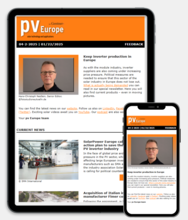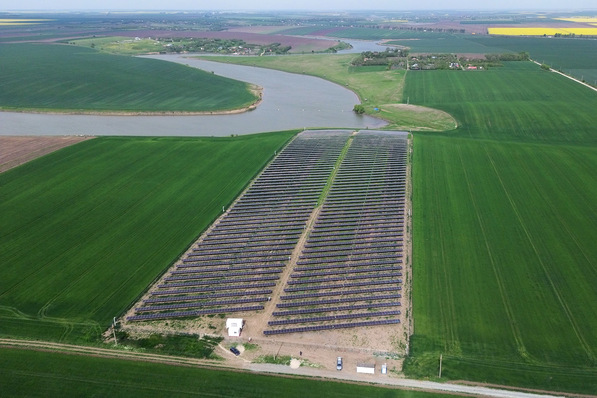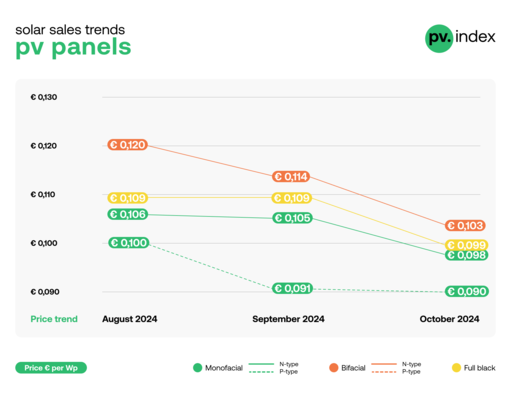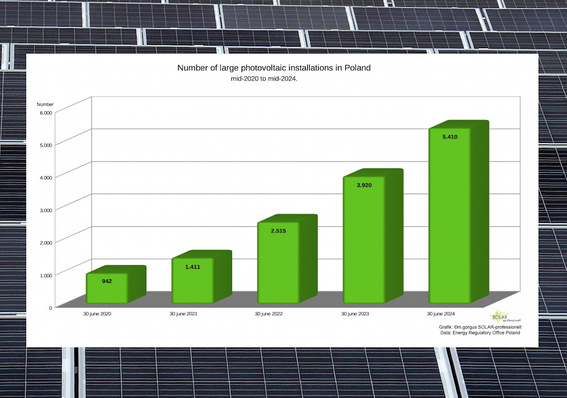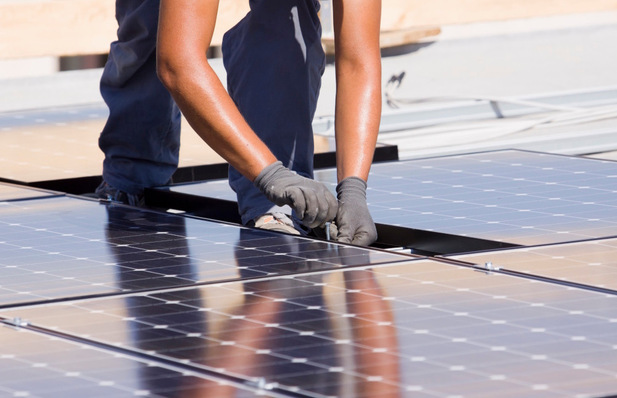The report Sustainable Solar – Environmental, Social and Governance actions along the value chain sets out to clarify what sustainability means in practice for solar companies. Rather than vague ambitions, it offers concrete steps that businesses can take to embed ESG principles across their value chains.
Positioning the EU solar sector as a pioneer
The three dimensions of sustainability – environmental, social and governance – are collectively referred to as ESG. These criteria are playing an increasingly central role in financial risk management, customer expectations and corporate reputation. In some areas, ESG requirements are already anchored in law through instruments such as the EU taxonomy, the Corporate Sustainability Reporting Directive (CSDR), or national supply chain regulations.
The 62-member team of authors from SolarPower Europe breaks down the sustainability requirements across the solar value chain, from the supply chain to the use phase and the end-of-life phase.
SolarPower Europe: landmark Solar Sustainability report released
“The aim is to expand and disseminate knowledge about the sustainability of solar energy and to help position the EU solar sector as a sustainability leader in meeting ESG goals,” said Raffaele Rossi, Head of Market Intelligence at SolarPower Europe.
Sustainability in the supply chain
Respect for human rights – responsible procurement
Social concerns, in particular respect for human rights and decent working conditions, are a key part of responsible procurement under ESG criteria. In industries like photovoltaics, with complex supply chains involving hundreds of suppliers, ensuring compliance is no easy task. The authors therefore recommend joining sector initiatives such as the Solar Stewardship Initiative (SSI), which has developed a new standard for supply chain traceability and a certification system. A central aim is to tackle the issue of forced labour in the polysilicon supply chain.
Solar Stewardship Initiative: Supply Chain Traceability Standard published
Solar companies should also ensure decent working conditions within their own operations. This is especially relevant for EPCs, which often rely on posted workers for construction and installation at project sites. Alongside compliance with national and EU laws – such as the EU Posting of Workers Directive – transparent employment practices and regular audits are key. Additional focus areas include gender equality and the promotion of workforce diversity.
Carbon footprint
There are various methods for calculating a product’s carbon footprint, each with different methodological approaches. One key distinction is the choice of functional unit, whether emissions are measured per unit of module output (kg CO₂ per kWp) or per unit of electricity generated (g CO₂ per kWh). Further differences arise depending on whether the assessment covers individual components, inverters, or entire systems.
Call for more transparency along the PV value chain
A widely used method is the EU’s Product Environmental Footprint (PEF), which is also anchored in legislation. Solar cell manufacturers can report their greenhouse gas emissions by certifying their products with an Environmental Product Declaration (EPD). In addition, the Global Electronics Council awards its Electronic Product Environmental Assessment Tool (EPEAT) label to PV modules and inverters that meet a broad set of sustainability criteria.
An important contribution to reducing the carbon footprint is the longevity of the products. This enables a longer product life, resulting in lower emissions per kWh of solar power generated.
Circular design
Resource efficiency can be improved in two main ways. One is by reducing the amount of material used in a product, such as by lowering silver content in solar cells, which helps cut both material use and costs. The other approach focuses on choosing materials that are easy to recycle and suitable for repeated reuse.
Extending the lifespan of PV products not only contributes to material savings, but also to waste prevention.
Repairability should also be considered in product design, as ease of disassembly is a crucial factor for the cost-effectiveness of repairs. Furthermore, replacement components must be available for a sufficiently long period of time.
Recycling can be an important source of raw materials, especially in Europe, where the extraction of various materials for PV modules and inverters is limited. Using recycled material in manufacturing can also reduce costs. However, a critical issue when using recycled material is the purity of the material.

Eleonora Cerri Pecorella
Sustainability in the use phase
Community engagement
Involving the local population at an early stage of project planning is beneficial as it creates transparency and trust and makes use of local experience. Local citizens can also be involved in later planning phases.
A good way to involve citizens in solar projects is to offer them direct and indirect financial participation. In this way, solar power from the plant can be offered to local residents at a reduced rate. Crowdfunding can be used to enable citizens and communities to participate financially. Energy communities and energy sharing are further possibilities.
Land use
Photovoltaics can be used to regenerate artificial surfaces that have lost their original use or have been degraded, such as former mines or landfills. Governments often support the use of these surfaces for PV projects to offset the higher investment costs (e.g. for decontamination).
In arid areas, solar parks can offer other environmental benefits in addition to clean energy generation. For example, evaporation is reduced by the shading provided by the module surfaces, and biodiversity can be increased.
Combined with agricultural use on the same land, agri-PV systems can increase soil fertility by up to 70 per cent and protect crops and livestock from excessive sunlight or hail. Floating solar panels on water offer another way to make sustainable use of scarce land. They can also help to protect water bodies by reducing water evaporation by up to 47% and minimising algae growth.
Biodiversity
Solar parks that are designed to blend into their natural surroundings can help to promote biodiversity and restore damaged ecosystems. Several studies have shown that solar power plants designed to be environmentally friendly can increase biodiversity by up to 281%.
Important measures here include creating wildlife corridors, replanting the site with native species, extensive management, training operators and monitoring.
Next investor newsletter: Solar hybrid systems with storage and wind farms
End-of-life phase
Renewal and repowering
There is a conflict here between maximising the useful life and improving performance. Particularly in the case of larger installations, older PV modules and inverters are often replaced by newer, more efficient ones before they reach the end of their technical lifespan.
One way to strike a balance is to replace only part of the PV installation. For sustainability reasons, the existing mounting system should be reused during repowering – or at least assessed for compatibility with the new modules. If needed, the substructure can be adapted, for example by repositioning or adding purlins. When repowering inverters, it's also worth checking whether a partial replacement is feasible.
Reuse and repair
Reusing or repairing functional PV modules or inverters not only avoids waste and environmental pollution, but can also, at least in the medium term, lead to economic benefits. Important factors here include functional tests for PV modules that are technically feasible, cost-efficient and tailored to the second-hand market.
Research project for the repair of old modules starts
Another challenge for PV module repair, according to the report, is the absence of standardised recertification protocols – making warranty claims uncertain. There are also logistical hurdles, particularly when it comes to on-site inverter repairs. More broadly, SolarPower Europe notes that circular economy business models remain underdeveloped for modules, inverters and mounting systems alike.
Waste management and recycling
PV waste streams will only start to accumulate in Europe on a larger scale from the 2040s onwards, when many of the PV systems in operation today will have reached the end of their service life. In particular, with regard to the recovery of valuable materials and the securing of the supply of critical raw materials, the report sees great potential for the development of economically and ecologically viable business models with new recycling technologies.
The report likewise cites the recovery of high-purity float glass from disused solar modules using advanced thermomechanical processes as a promising approach. Alongside, new delamination and separation technologies are used to separate the multi-layer sandwich of modules and to isolate the solar cells from glass and organic materials in order to recover raw materials such as metallic silicon, silver, copper and gallium from solar modules. (hcn)


